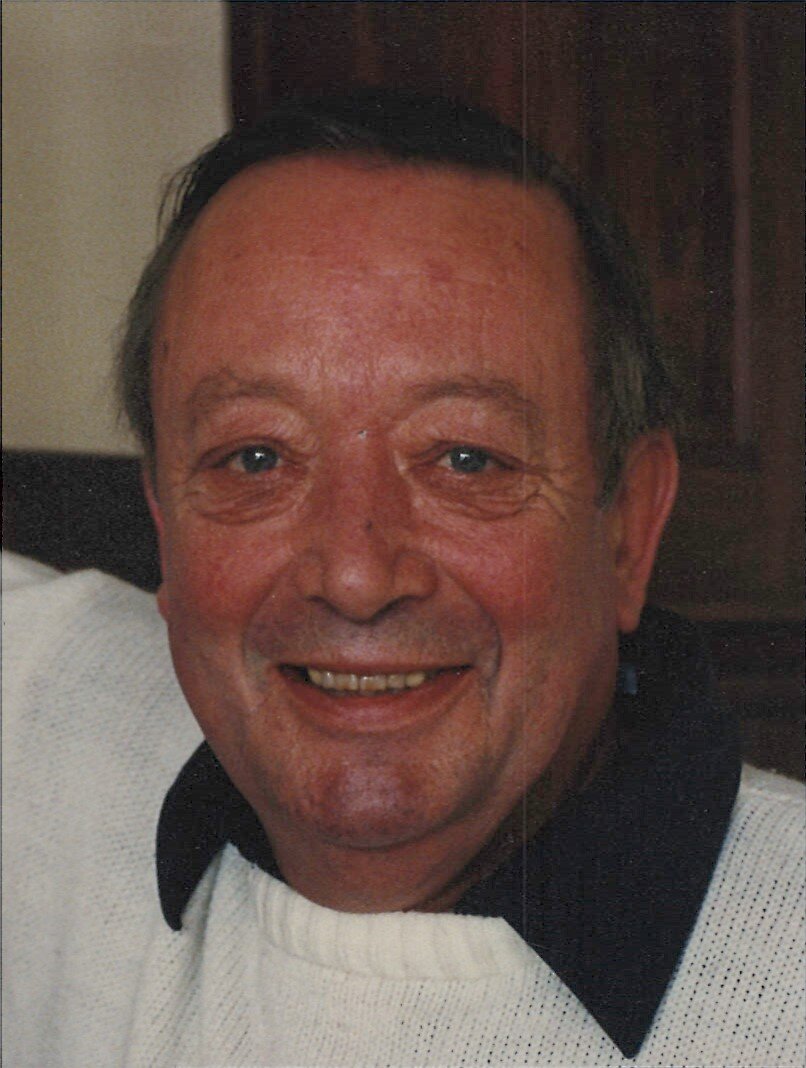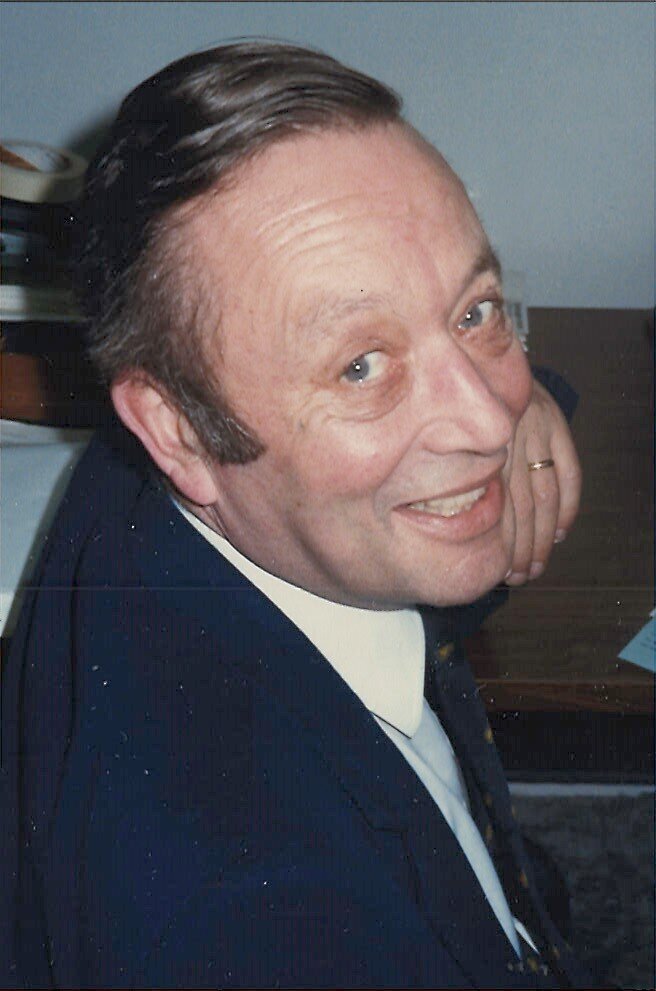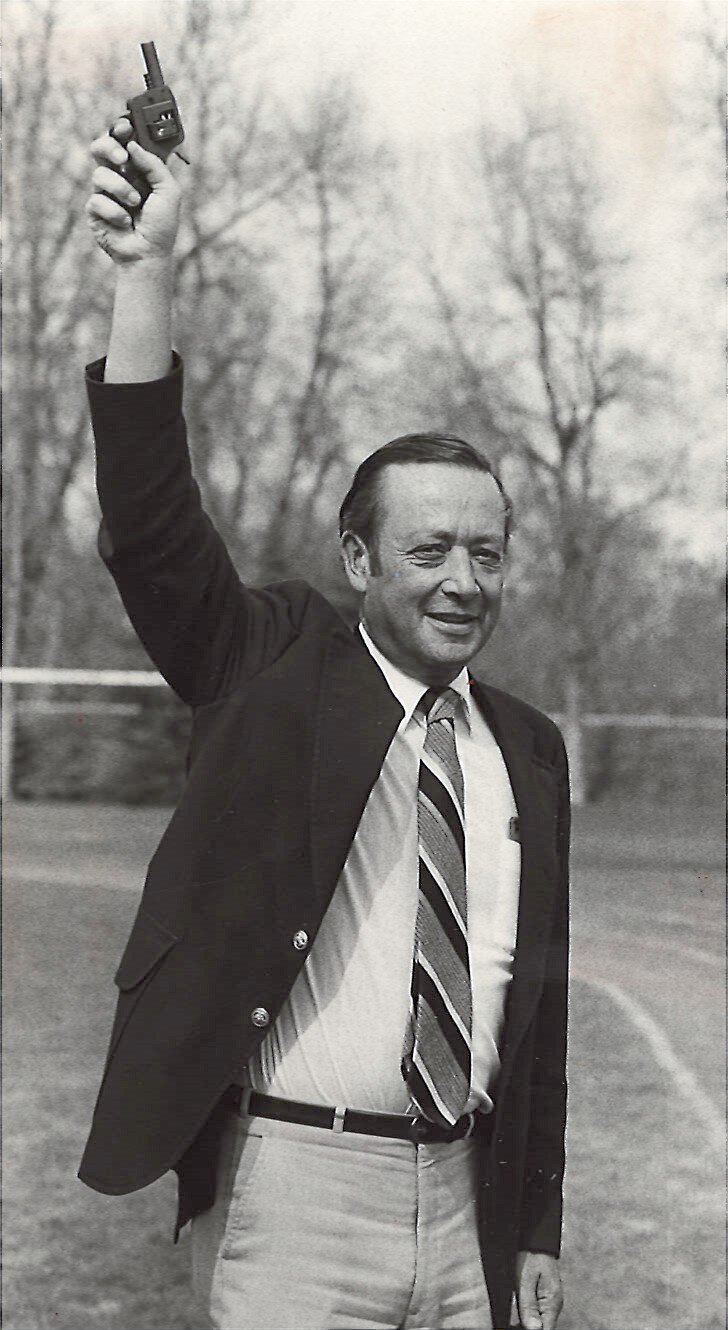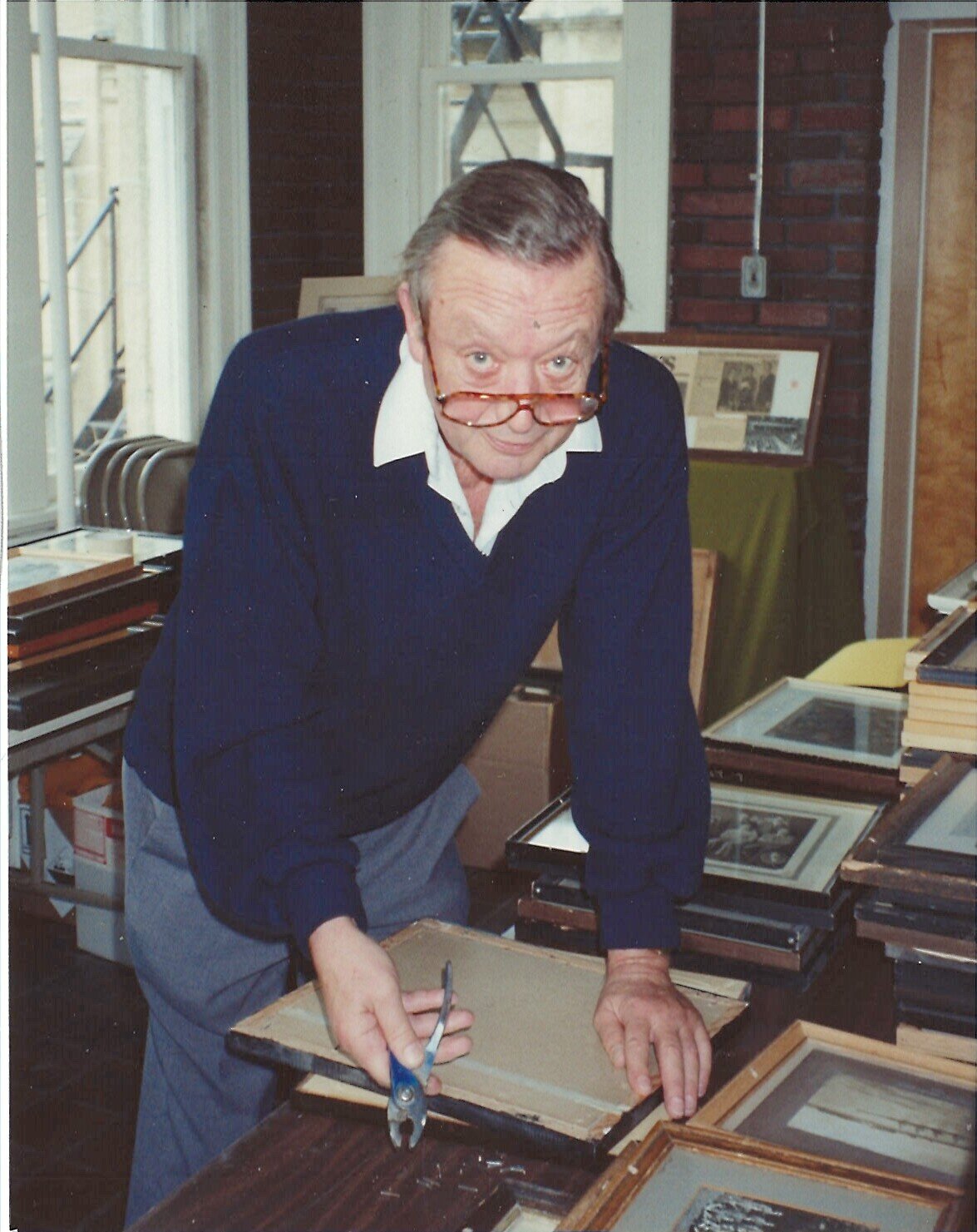Servant Leadership
Here is an article that was sent to me a couple of years ago by a colleague who was working hard at becoming a better leader. Those of you who are teachers, mentors and coaches will have often lived the reality of not always knowing if your lessons and efforts are having the impact you seek. In this particular case, the young leaders’ name is André Bohren and the fact that he found and shared this article with the rest of his classmates was proof enough for me: he gets it, I remember saying to myself! And while I know that understanding doesn’t always transform itself into infallible action, I do believe that we make little progress towards accomplishing our personal vision if we don’t understand where we’re going and how to get there. On that day, André proved to me he did.
The article is by Marcel Schwantes.
This 17-Year-Old Sums Up in 1 Paragraph What Great Leadership Looks Like. Take a lesson from this standout high-school athlete: Leadership is not about you.
Servant leadership is an expression of character and values in how we conduct ourselves outside the workplace -- in our schools, homes, and communities. That expression is vividly clear and profoundly displayed in a recent column I read by David Lee, founder and principal of HumanNature@Work. Lee nails it by recounting a story on his TLNT column about servant leadership as expressed through the heart of a 17-year-old star athlete.
The story Lee paraphrases comes from the book Stadium Status: Taking Your Business to the Big Time, by John Brubaker, a former lacrosse head coach and now a nationally-renowned consultant, speaker and author. I'll let Lee narrate from here, which will lead up to a heartfelt one-paragraph summary of the meaning of great leadership.
From David Lee's column:
When [Coach] Brubaker took over as a college lacrosse head coach he inherited a team that had done poorly for years. Despite this, a high school standout, Stephen, was interested in playing at Coach Bru's college, even though he was aggressively recruited by far better schools. Coach Bru met with this young superstar and attempted to sign him, but Stephen refused, saying he wanted to wait until the following spring. He was, however, willing to give a verbal, non-binding commitment. Brubaker was desperate to sign this young star, and told him he would hold a scholarship for him until the spring. All fall and winter, other college recruiters came to Stephen's games to watch this amazing talent and hope he would change his mind. When spring came, Coach Bru and Stephen's coach sat down with him, asking him to commit and why he waited so long. And now, from the mouth of a 17-year-old... As Lee tells it, to Coach Bru's astonishment, this is what the 17-year-old said next:
“Coach, I don't know if you've noticed, but a lot of colleges come to see me play each week. Most of my teammates weren't getting scholarship offers or even being recruited earlier this year but now they are. By me not committing anywhere, all the college coaches who keep coming to see me play get a chance to discover how good some of my teammates really are. If I signed early with you, all the other coaches would've stopped coming to the games and none of my teammates would've gotten recruited.”
The lesson for all leaders. Let's face it: We've all just been collectively schooled by a (then) 17-year-old. His response to his coach not only defines servant leadership but illustrates the essence of great leadership, period. The reason his response is so mind-blowing for someone his age -- with star status to boot -- is that the world wasn't revolving around his axis, as most self-centered 17-year-olds typically behave. Instead, he was about helping other people -- his teammates.
As Lee writes further about Stephen: "He was already thinking about how he can lift up others, how he could help them achieve their goals. He had confidence in his own ability to excel and achieve what he needed to achieve; he wasn't obsessed with how to make that happen because he knew it would. Instead, he focused on how he could serve others."
And therein lies the lesson for every leader in the workplace: Your role is to lift up your employees and help them to joyfully achieve their goals so they can thrive. When they succeed, you succeed, and the whole organization succeeds. It's a thing of beauty.
That reminds me of a great quote by Robert K. Greenleaf, who coined the term "servant leadership" in the modern corporate setting. He wrote these famous words in his legendary essay "The Servant as Leader," published in 1970:
As I wrote in the past, when you serve first, it's for the other person's benefit. Like Stephen, you selflessly focus attention away from yourself and put the spotlight on others. Greenleaf noticed that these leaders got the best out of their employees; they were more motivated, more creative and more productive, which led to great business results.
7 ways to put servant leadership into action.
To add some practical elements of servant leadership into your work routine, Lee offers these great tips from his TLNT column:
1. Practice doing everything within your power to remove obstacles that make it hard for employees to do their best work. This means providing the information, technology, resources, and support for people to do great work.
2. Remember the law of reciprocity: What you put out is what comes back to you from others. If you want others to care, make sure you care about them -- and that you show you care.
3. Ask those who report to you: "How can I help you? What can I do -- and NOT do -- to help you be successful with this project (or in your job)?"
4. Look for opportunities to compliment -- catch people doing things right -- and show people you "see them."
5. Be on the lookout for articles, seminars, networking connections, and opportunities that would benefit those you serve. The very fact that you're thinking about them says a lot about who you are as a person.
6. Be more generous with your attention and time. Don't only ask, "Would this meeting benefit me?" Be willing to have meetings because they would help the other person.
7. When being a servant leader feels like it takes too much time or effort, remind yourself that what you put out comes back to you multiplied, for better or for worse.
Thank you all for summing up what Enabling Others To Act looks like in action, it really is a thing of beauty.











